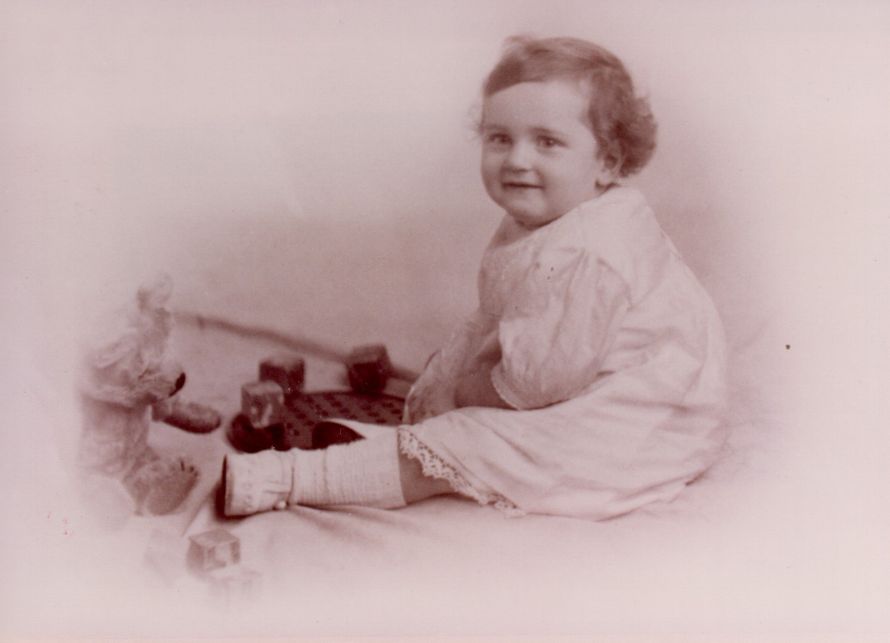The 1920’s Cohort
Our initial clinical studies were based on men and women who were born in Hertfordshire in the 1920’s and still living there in the early 1990’s. We invited these individuals to take part in detailed physiological investigations to help us explore whether small size at birth and during infancy were associated with markers of disease in later life.
These studies ranged in size from 224 to 468 men, and 189 to 306 women. Small size at birth and during infancy was shown to be associated with increased risk of developing coronary heart disease and type II diabetes, the metabolic syndrome and insulin resistance, osteoporosis, sarcopenia (loss of muscle mass and strength), and markers of ageing in later life. This research lead to the “developmental origins” hypothesis which states that the nourishment a baby receives from its mother during pregnancy, and its nutrition and illnesses in infancy and early childhood, determine its susceptibility to disease in later life.
Although ground-breaking at the time, the studies based on the 1920’s cohort were relatively small and did not include information on important risk factors such as diet, body composition and genetics. The members of the 1920’s cohort were also becoming too frail for us to reasonably ask them to take part in further studies. We needed to recruit a larger and younger cohort to allow us to carry out further detailed research in to the combined effects of early life, adult diet and lifestyle, and genetics on risk of disease in later life; cue the 1930’s Hertfordshire Cohort Study.

